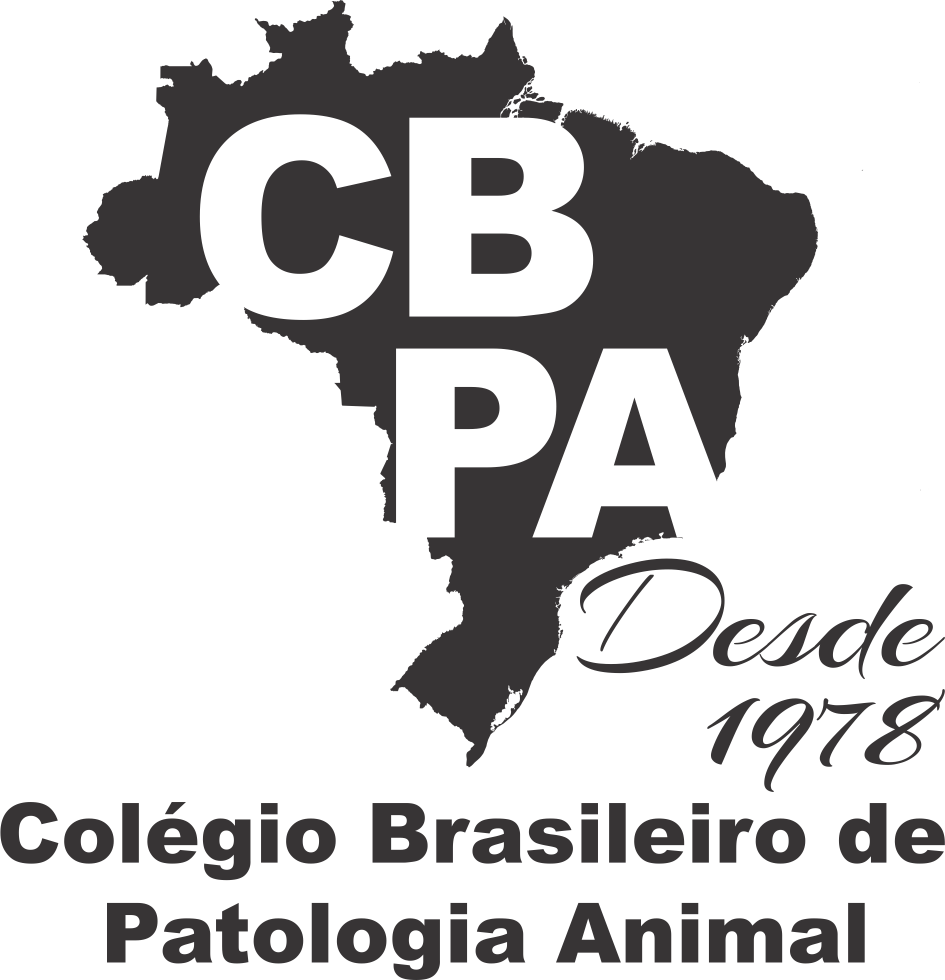Resultado da pesquisa (1)
Termo utilizado na pesquisa Kolososki J.
#1 - Estudo da biomecânica oclusal e da aderência da resina acrílica auto-polimerizável (polimetilmetacrilato) em fraturas de rinoteca de tucanos (Ramphastos toco), p.335-340
Abstract in English:
ABSTRACT.- Fecchio R.S., Gomes M.S., Kolososki J., Petri B.S.S., Rossi Jr J.L. & Gioso M.A. 2008. [Study of the occlusion biomechanics and adherence of acrylic resin (polimetilmetacrilate) in fractures of rhinotheca in toucans (Ramphastos toco).] Estudo da biomecânica oclusal e da aderência da resina acrílica auto-polimerizável (polimetilmetacrilato) em fraturas de rinoteca de tucanos (Ramphastos toco). Pesquisa Veterinária Brasileira 28(7):335-340. Departamento de Cirurgia, Faculdade de Medicina Veterinária e Zootecnia, Universidade de São Paulo, Prof. Dr. Orlando de Marques de Paiva 87, Bloco 8 superior, Cidade Universitária, São Paulo, SP 05508-270, Brazil. E-mail: rfecchio@gmail.com
Traction effort was applied perpendicularly to the axis of toucan beaks and for accomplishment of the essay a dynamometer was used. The beak was completely fractured when submitted to traction of 270.40 N. For fixation of the fractured beaks acrylic resin was applied using a strip of 2.0cm of width. The second beak presented resistance up to 69.75 N. The third beak was submitted to acid conditioning and resisted to force of 63.29 N. Other two new tests were accomplished the whole surface of the rhinotheca filled out. The fourth beak was not submitted to the acid attack and it resisted up to 134.40 N, and the fifth was submitted to the acid etch and it resisted up to 101.50 N. The present work did not observe statistical correlation and, consequently, differences among the procedures with previous use of acid attack and those without the use of the same.
Abstract in Portuguese:
ABSTRACT.- Fecchio R.S., Gomes M.S., Kolososki J., Petri B.S.S., Rossi Jr J.L. & Gioso M.A. 2008. [Study of the occlusion biomechanics and adherence of acrylic resin (polimetilmetacrilate) in fractures of rhinotheca in toucans (Ramphastos toco).] Estudo da biomecânica oclusal e da aderência da resina acrílica auto-polimerizável (polimetilmetacrilato) em fraturas de rinoteca de tucanos (Ramphastos toco). Pesquisa Veterinária Brasileira 28(7):335-340. Departamento de Cirurgia, Faculdade de Medicina Veterinária e Zootecnia, Universidade de São Paulo, Prof. Dr. Orlando de Marques de Paiva 87, Bloco 8 superior, Cidade Universitária, São Paulo, SP 05508-270, Brazil. E-mail: rfecchio@gmail.com
Traction effort was applied perpendicularly to the axis of toucan beaks and for accomplishment of the essay a dynamometer was used. The beak was completely fractured when submitted to traction of 270.40 N. For fixation of the fractured beaks acrylic resin was applied using a strip of 2.0cm of width. The second beak presented resistance up to 69.75 N. The third beak was submitted to acid conditioning and resisted to force of 63.29 N. Other two new tests were accomplished the whole surface of the rhinotheca filled out. The fourth beak was not submitted to the acid attack and it resisted up to 134.40 N, and the fifth was submitted to the acid etch and it resisted up to 101.50 N. The present work did not observe statistical correlation and, consequently, differences among the procedures with previous use of acid attack and those without the use of the same.








